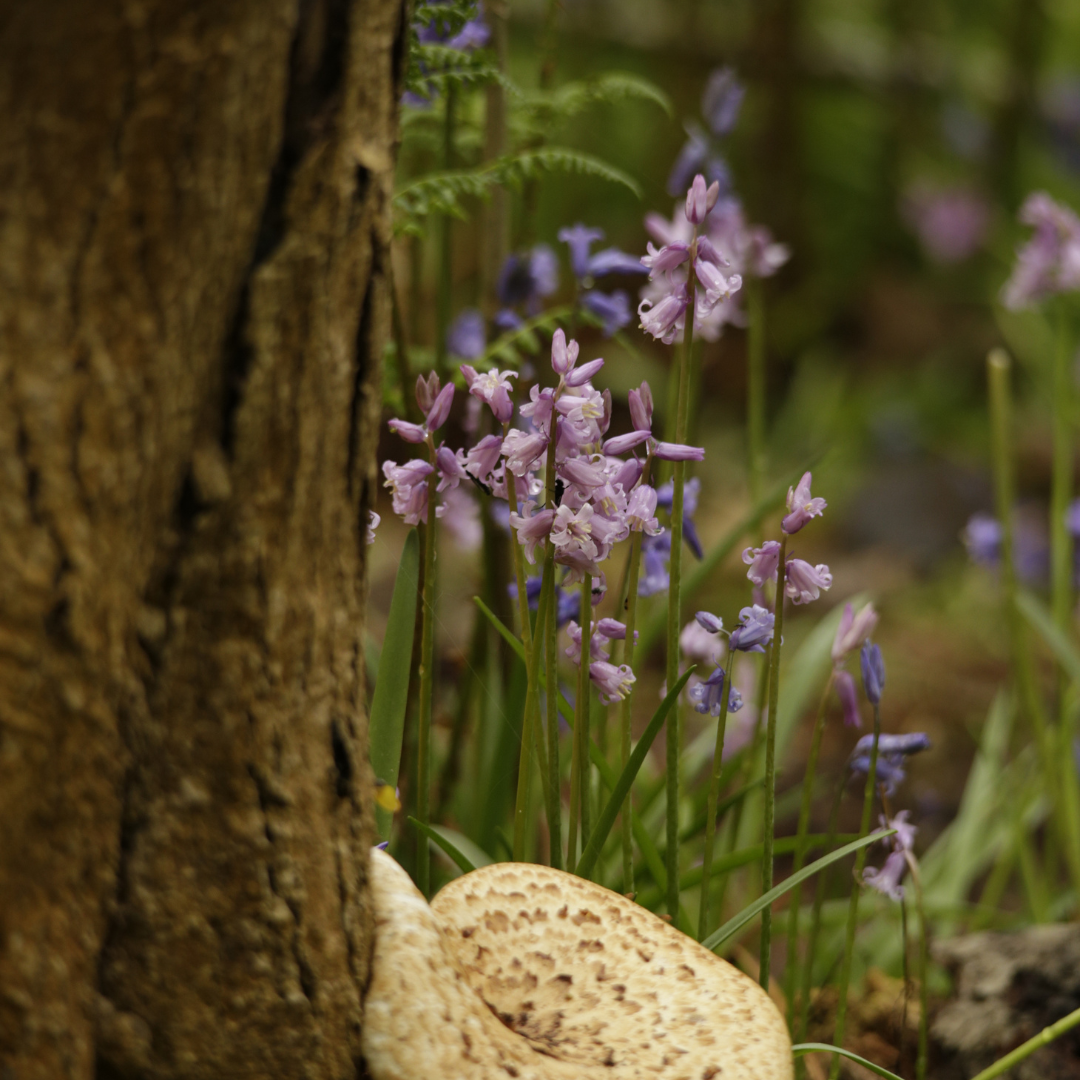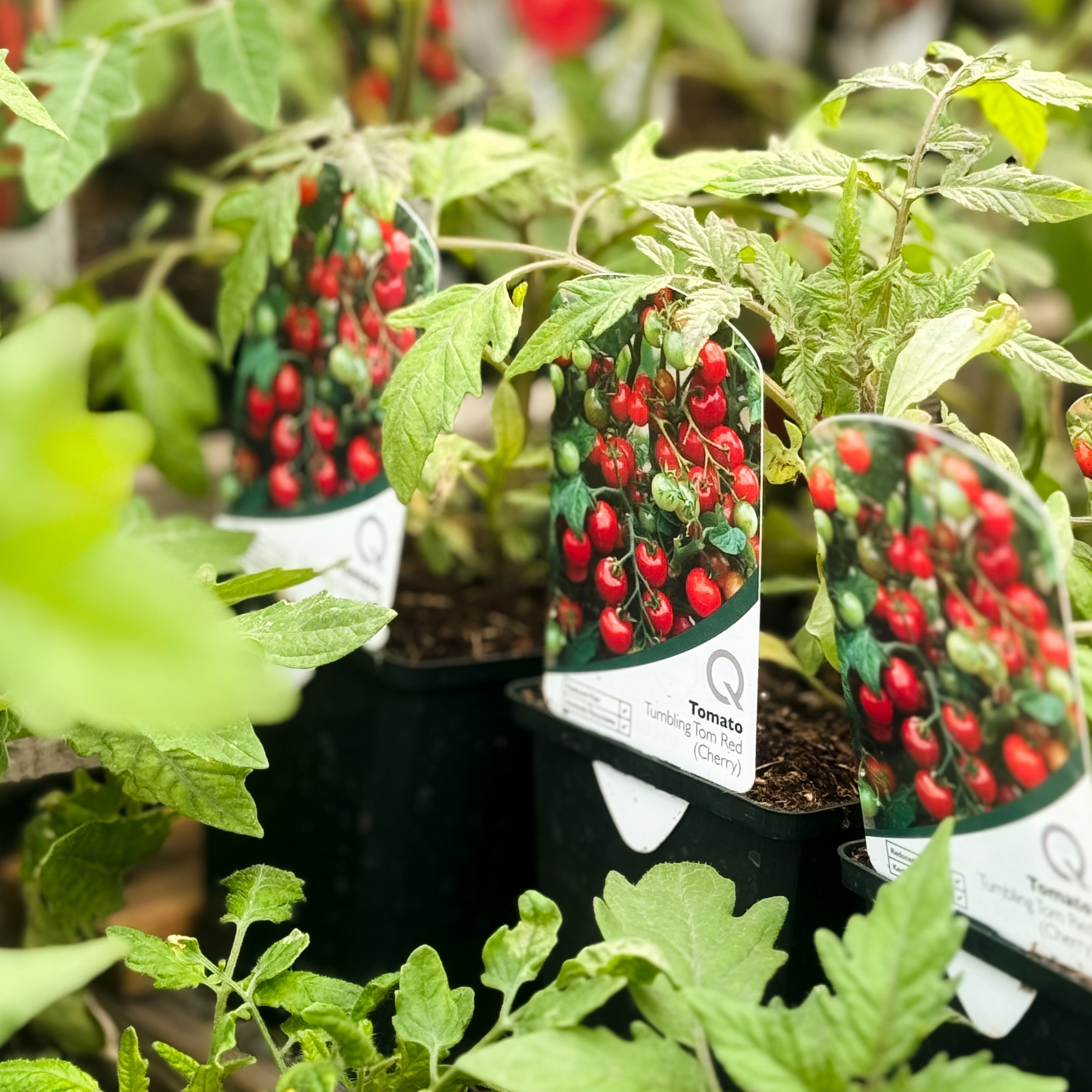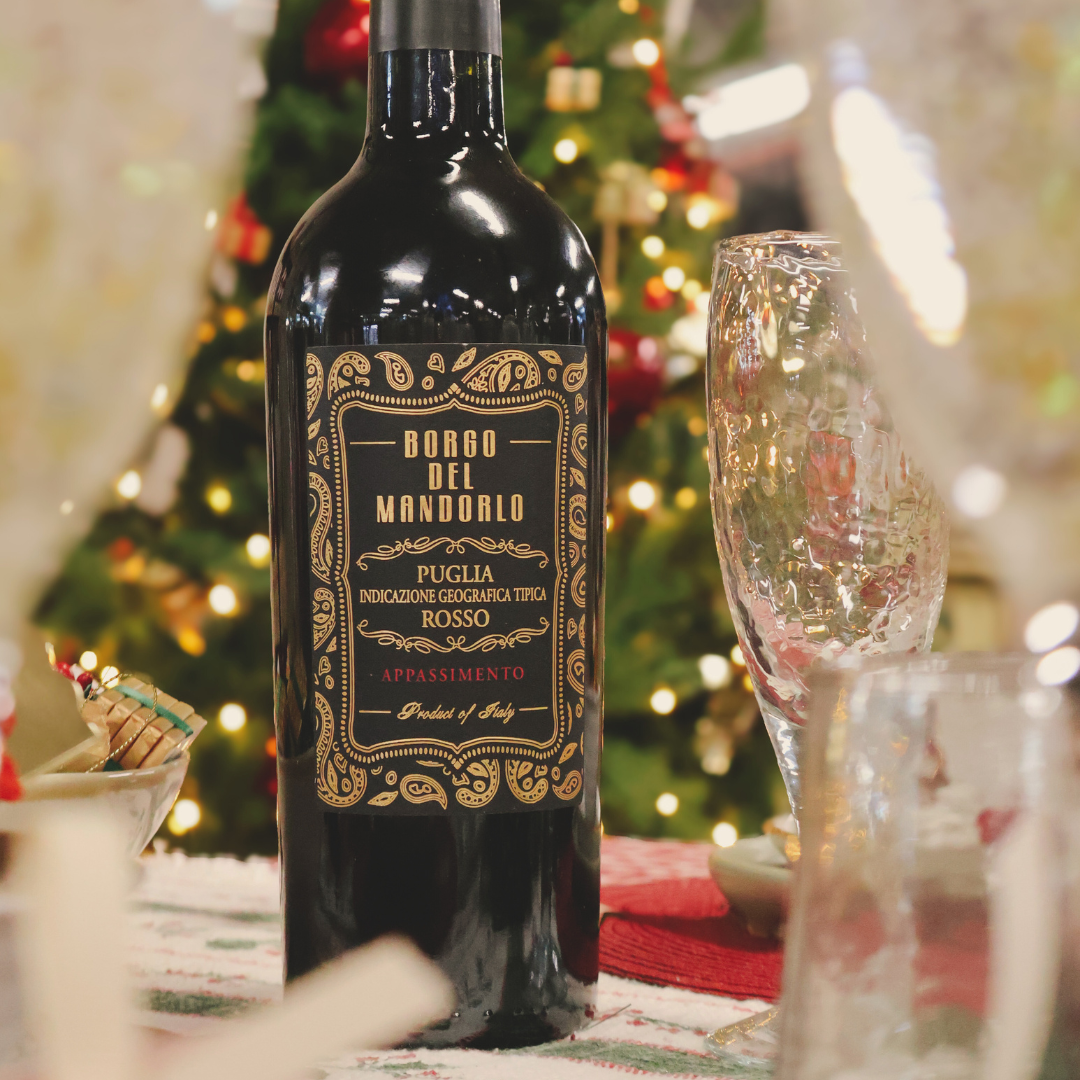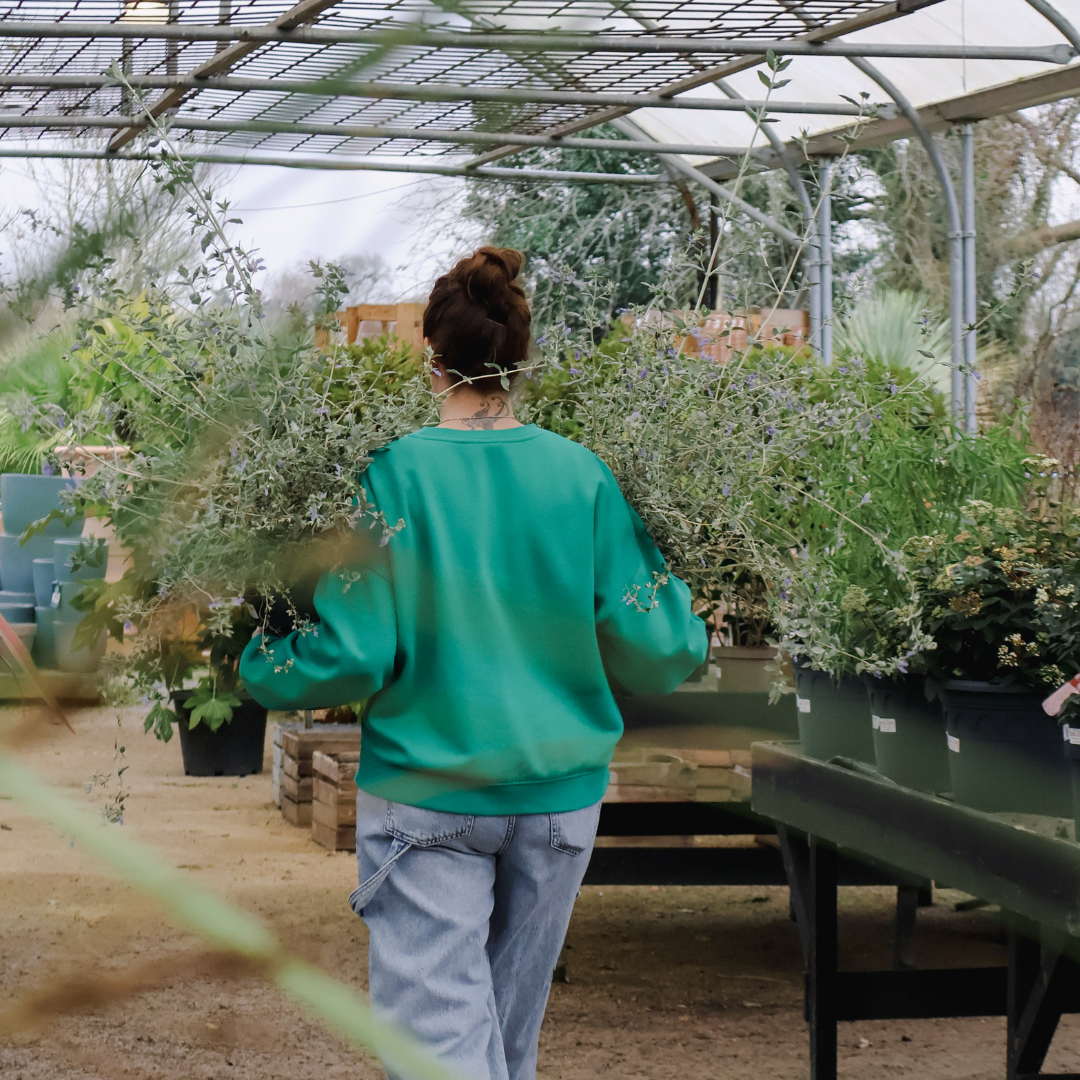Creating a Beautiful, Bee-Friendly Garden with Spring Plants

spring arrives in the UK, gardens come alive with a burst of color and fragrance, signaling the perfect time to plant flowers that not only beautify your space but also support essential pollinators like bees. Bees play a vital role in our ecosystem, pollinating plants and crops, and ensuring the health of our environment. By choosing the right plants, you can create a thriving, bee-friendly garden that contributes to local biodiversity.
Here’s a guide to some of the best spring plants for creating a bee-friendly garden. These plants will bring color to your garden while helping bees flourish!
1. Crocus (Crocus sativus)
Crocuses are one of the first flowers to bloom in spring, often appearing as early as February. These vibrant, cup-shaped flowers are a favourite of bees emerging from winter dormancy. Plant them in well-drained soil, and they’ll bring a beautiful pop of color to your garden in early spring.
- Why Bees Love Them: The rich nectar and pollen in crocus flowers provide an essential early food source for bees coming out of hibernation.
- Planting Tip: Crocus bulbs can be planted in autumn for a glorious spring display.

2. Snowdrops (Galanthus nivalis)
Snowdrops are another early bloomer, typically appearing between January and February. These delicate, nodding flowers are a welcoming sight in a winter-weary garden and are great for bees.
- Why Bees Love Them: Snowdrops provide one of the first nectar sources for bees after the long winter months.
- Planting Tip: Snowdrops thrive in partial shade and can be planted in groups for a stunning display.

3. Primroses (Primula vulgaris)
Primroses are a classic spring flower, with their cheerful yellow, pink, or purple blooms brightening up gardens from March to May. They thrive in woodland or partially shaded areas, making them perfect for naturalizing in your garden.
- Why Bees Love Them: Primroses offer both nectar and pollen, attracting bees throughout the early spring months.
- Planting Tip: Plant primroses in moist, well-drained soil with plenty of organic matter for the best growth.

4. Hellebores (Helleborus spp.)
Often referred to as the "Lenten Rose," hellebores bloom early in the spring, sometimes even in the depths of winter. Their large, saucer-shaped flowers come in a variety of colors, including white, pink, purple, and green, and they can easily be added to shady corners of your garden.
- Why Bees Love Them: These hardy flowers offer pollen when few other plants are in bloom, giving bees an early source of food.
- Planting Tip: Hellebores thrive in shady, moist conditions and are perfect for woodland gardens.

5. Lavender (Lavandula angustifolia)
Lavender is a well-known favourite for both gardeners and bees. It begins to flower in late spring and continues into the summer months, offering a beautiful and aromatic addition to any garden. Lavender’s tall spikes of purple flowers are irresistibly attractive to bees.
- Why Bees Love Them: Lavender provides an abundance of nectar, making it a constant food source for bees.
- Planting Tip: Lavender prefers well-drained soil and full sun. It’s perfect for creating a fragrant, bee-friendly border or herb garden.

6. Borage (Borago officinalis)
Borage, with its striking blue star-shaped flowers, is a highly attractive plant for bees. It thrives in sunny spots and blooms throughout spring and summer, offering both nectar and pollen.
- Why Bees Love Them: Borage is packed with nectar, making it one of the most bee-friendly plants you can grow.
- Planting Tip: Borage is easy to grow from seed and thrives in well-drained soil. It also has the added benefit of attracting beneficial insects like ladybugs.

7. Bluebells (Hyacinthoides non-scripta)
The native British bluebell is a springtime favourite, creating a magical carpet of blue in woodlands and gardens across the UK. These bell-shaped flowers grow in clusters and are an iconic sight in spring.
- Why Bees Love Them: Bluebells are rich in nectar, providing a vital food source for bees in early spring.
- Planting Tip: Bluebells grow best in shaded or partially shaded areas with well-drained, slightly acidic soil.

8. Wild Garlic (Allium ursinum)
Wild garlic, or "ramsons," is a native British wildflower that blooms in early spring. Its clusters of white flowers have a distinct garlic scent, and the plant is often found in damp woodlands. It’s easy to grow and thrives in shade.
- Why Bees Love Them: The small, star-like flowers are full of nectar and attract bees as they emerge in spring.
- Planting Tip: Wild garlic prefers shaded, damp environments and will naturalize quickly once established.

Tips for a Bee-Friendly Garden
- Choose Native Plants: Native plants are well-suited to local conditions and attract local pollinators, including bees.
- Create a Variety of Habitats: Bees need places to nest as well as forage. Leave some areas of your garden a little wilder to provide natural habitats, like deadwood or undisturbed soil.
- Avoid Pesticides: Chemicals, especially neonicotinoids, are harmful to bees. Opt for natural pest control methods or encourage beneficial insects.
- Offer Water: Bees need access to water, so consider adding a shallow water dish or birdbath to your garden.
Creating a bee-friendly garden is not only good for the environment but also enhances the beauty and biodiversity of your outdoor space. By selecting the right plants for spring, such as crocuses, primroses, lavender, and wild garlic, you can provide bees with a much-needed food source while enjoying a beautiful garden filled with color and life. As we head into spring, let’s give bees the support they need to thrive and help them continue their vital work in our gardens and beyond.
Happy gardening, and here’s to a bee-friendly spring!




